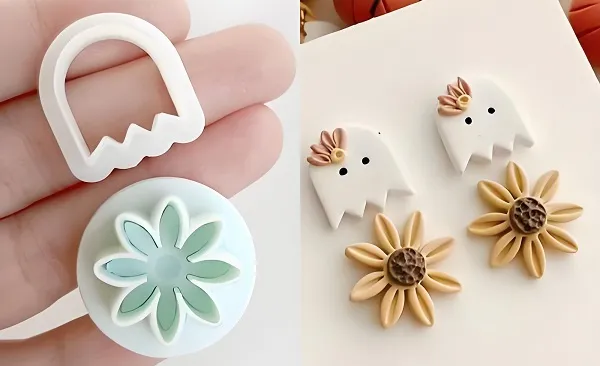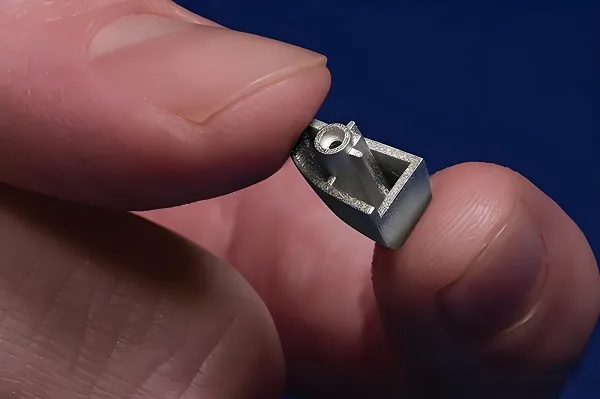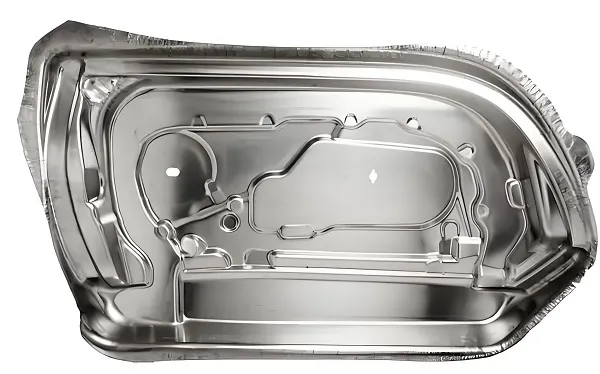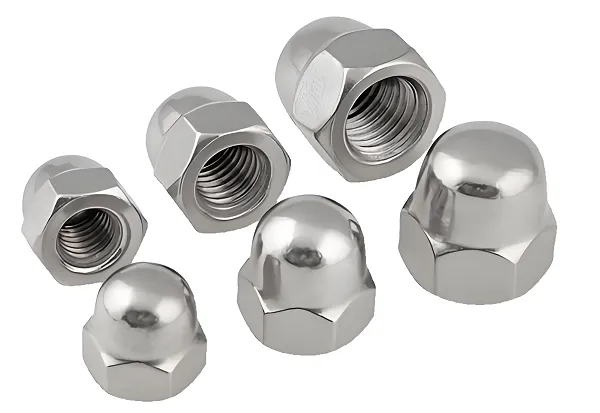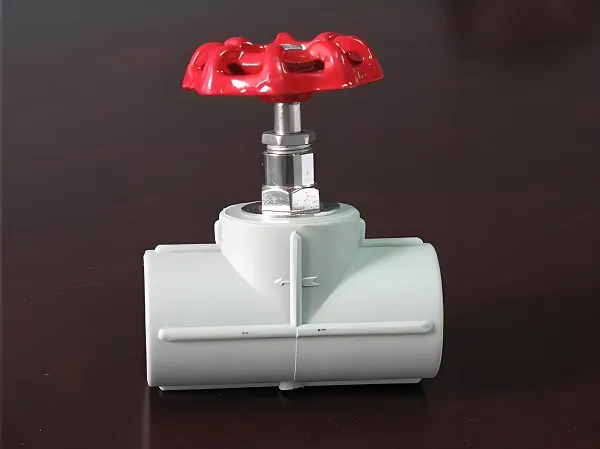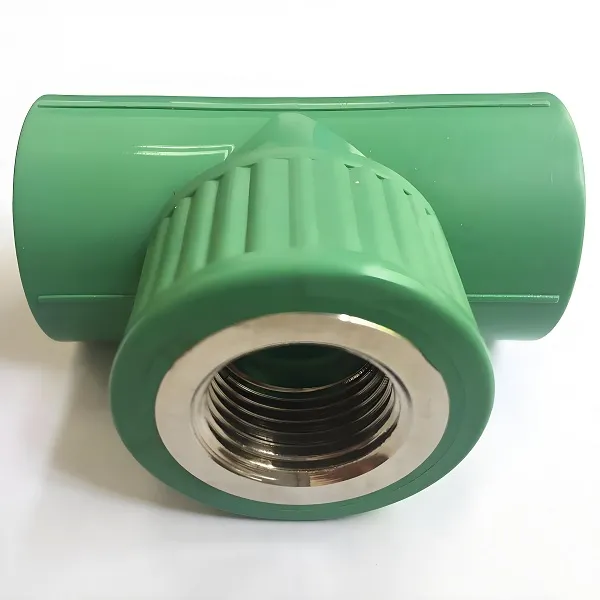Abstract: This article details the principle, process flow, key factors, advantages, and application fields of injection molding technology in customized processing of plastic parts services. Through an in-depth analysis of injection molding technology, it expounds on its importance in meeting the diverse needs of different industries for plastic parts and looks forward to future development trends.
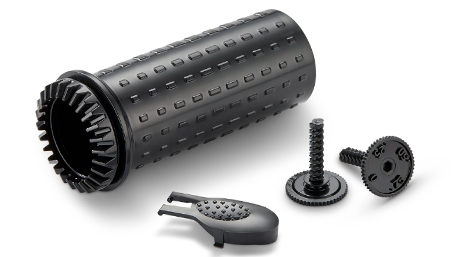
I. Introduction
With the continuous development of industrial production, the application of plastic parts in various fields is increasingly widespread. Customized processing of plastic parts services has attracted much attention because it can meet specific design and functional requirements. Injection molding technology, as one of the main methods for manufacturing plastic parts, has the advantages of high efficiency, high precision, and repeatability.
II. Principle of Injection Molding Technology
Injection molding is to heat and melt plastic particles into a fluid state, and then inject them into the mold cavity under high pressure. After cooling and solidification, the plastic parts of the desired shape are obtained. This process involves physical and chemical changes of plastics, as well as the principles of fluid mechanics and thermodynamics.
III. Process Flow
Material Selection
Based on factors such as the usage environment, performance requirements, and cost of the parts, select suitable plastic materials, such as polyethylene (PE), polypropylene (PP), polystyrene (PS), acrylonitrile – butadiene – styrene copolymer (ABS), etc.
Mold Design and Manufacturing
The mold is a key component in injection molding. Designers design the mold structure according to the shape and size of the parts, including the cavity, core, gating system, cooling system, and ejection mechanism, etc. Mold manufacturing usually adopts high-precision processing techniques, such as CNC machining, electrical discharge machining, and wire cutting.
Injection Molding
(1) Plastic Melting: Add plastic particles into the barrel of the injection molding machine and melt them by heating and the rotation of the screw to achieve a uniform melt state.
(2) Injection: The screw of the injection molding machine is driven forward under hydraulic or electric power to inject the melt into the mold cavity at high pressure and high speed.
(3) Holding Pressure: After the injection is completed, a certain pressure is maintained to compensate for the cooling shrinkage of the plastic and ensure the dimensional accuracy of the parts.
(4) Cooling: Through the cooling channels in the mold, the melt is rapidly cooled and solidified.
(5) Ejection: When the parts are cooled sufficiently, the mold opens, and the parts are ejected from the mold through the ejection mechanism.
Post-Processing
Depending on the needs, post-processing is carried out on the injection-molded parts, such as trimming flash, grinding, polishing, painting, etc., to improve the appearance quality and performance of the parts.
IV. Key Factors
Injection Molding Process Parameters
Including injection temperature, injection pressure, injection speed, holding time, cooling time, etc. The reasonable setting of these parameters directly affects the quality and production efficiency of the parts.
Mold Design
The structural rationality of the mold, the surface quality of the cavity, the design of the gating system and the cooling system, etc., all have significant impacts on the molding quality and production cycle of the parts.
Plastic Material Properties
The fluidity, shrinkage rate, thermal stability, and other properties of plastics have significant effects on the injection molding process and the quality of the parts.
V. Advantages
High Production Efficiency
Injection molding can realize automated production and form multiple parts at one time, greatly improving production efficiency.
High Dimensional Accuracy
By precisely controlling process parameters and mold accuracy, plastic parts with high dimensional accuracy and good consistency can be obtained.
Complex Shapes
It can manufacture plastic parts with complex shapes and fine internal structures to meet various design requirements.
High Material Utilization Rate
Compared with other processing methods, injection molding has a higher material utilization rate, reducing the generation of waste.
VI. Application Fields
Automotive Industry
Manufacturing automotive interior parts, exterior parts, engine components, electronic and electrical parts, etc.
Electronic and Electrical Appliances
Producing mobile phone cases, computer accessories, electrical appliance housings, connectors, etc.
Medical Industry
Manufacturing medical device components, pharmaceutical packaging containers, etc.
Consumer Goods
Including the manufacturing of plastic parts for toys, household items, office supplies, etc.
VII. Future Development Trends
Intelligent Production
Combined with the concept of Industry 4.0, realize the intelligent monitoring and management of the injection molding production process to improve production efficiency and quality stability.
Application of New Materials
Research and develop and apply new plastic materials with higher performance, such as high-performance engineering plastics, biodegradable plastics, etc.
Miniaturization and Precision
With the miniaturization of electronic devices, injection molding technology will develop in the direction of miniaturization and precision to manufacture smaller and more precise plastic parts.
Green and Environmental Protection
Pay attention to energy conservation, emission reduction, and environmental protection in the injection molding process to promote sustainable development.
VIII. Conclusion
The injection molding technology in customized processing of plastic parts services plays an important role in modern industrial production. By continuously optimizing the process, improving mold design, selecting suitable materials, and controlling production parameters, it can meet the high-quality, high-precision, and diverse needs of different industries for plastic parts. With the continuous progress of technology, injection molding technology will continue to develop and innovate in the future, providing better plastic parts solutions for various fields.

